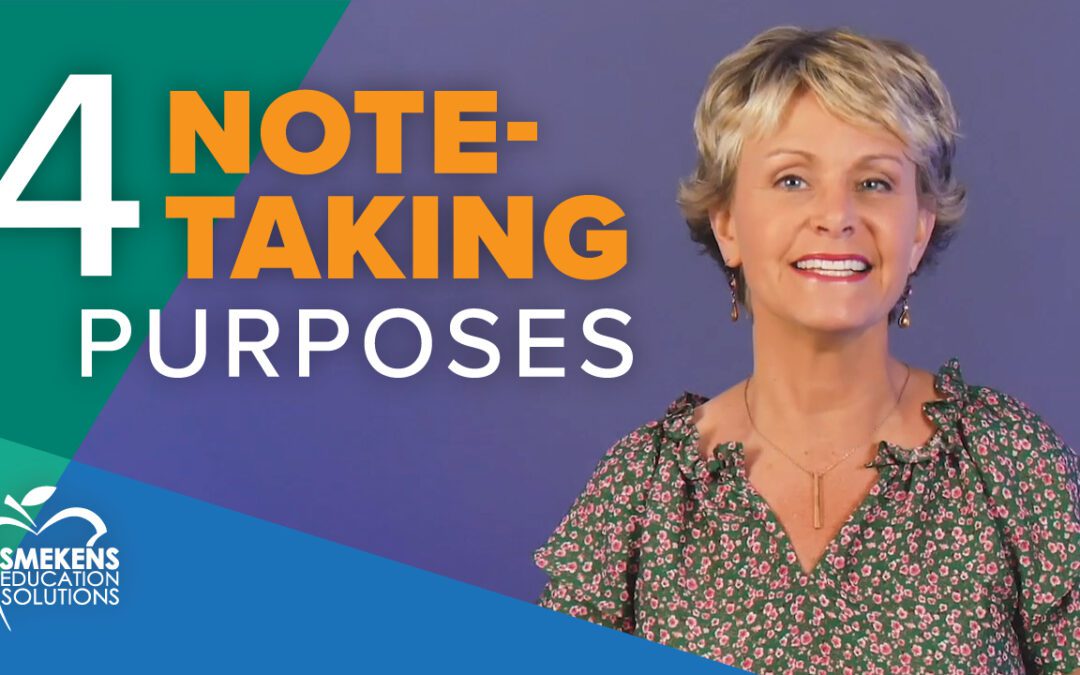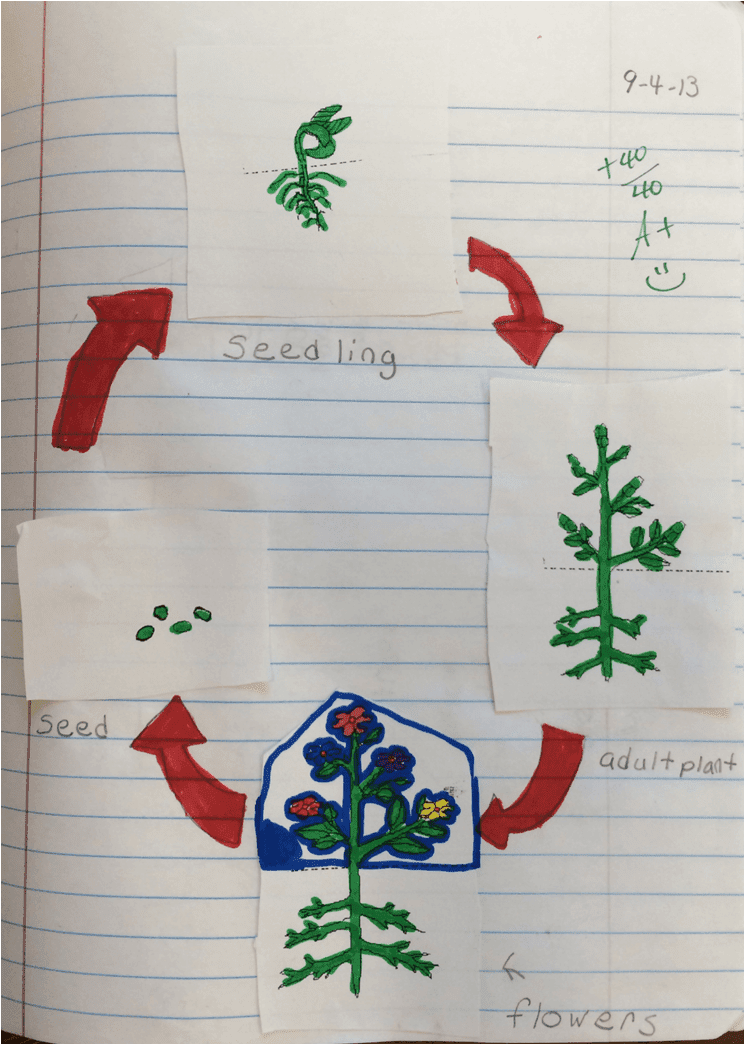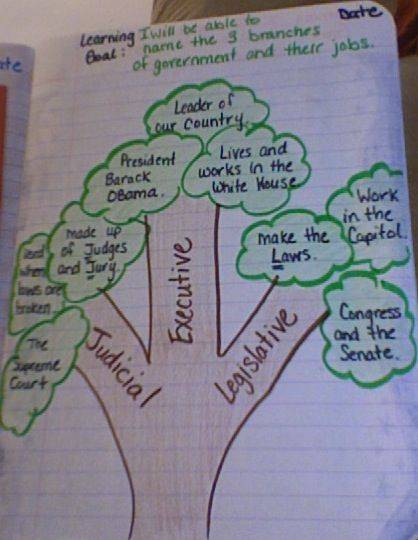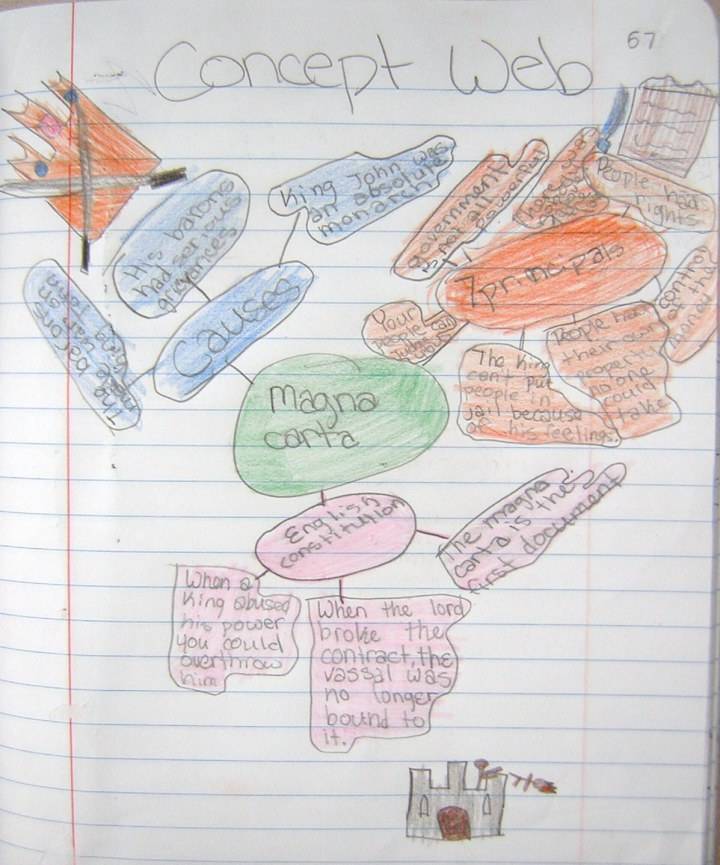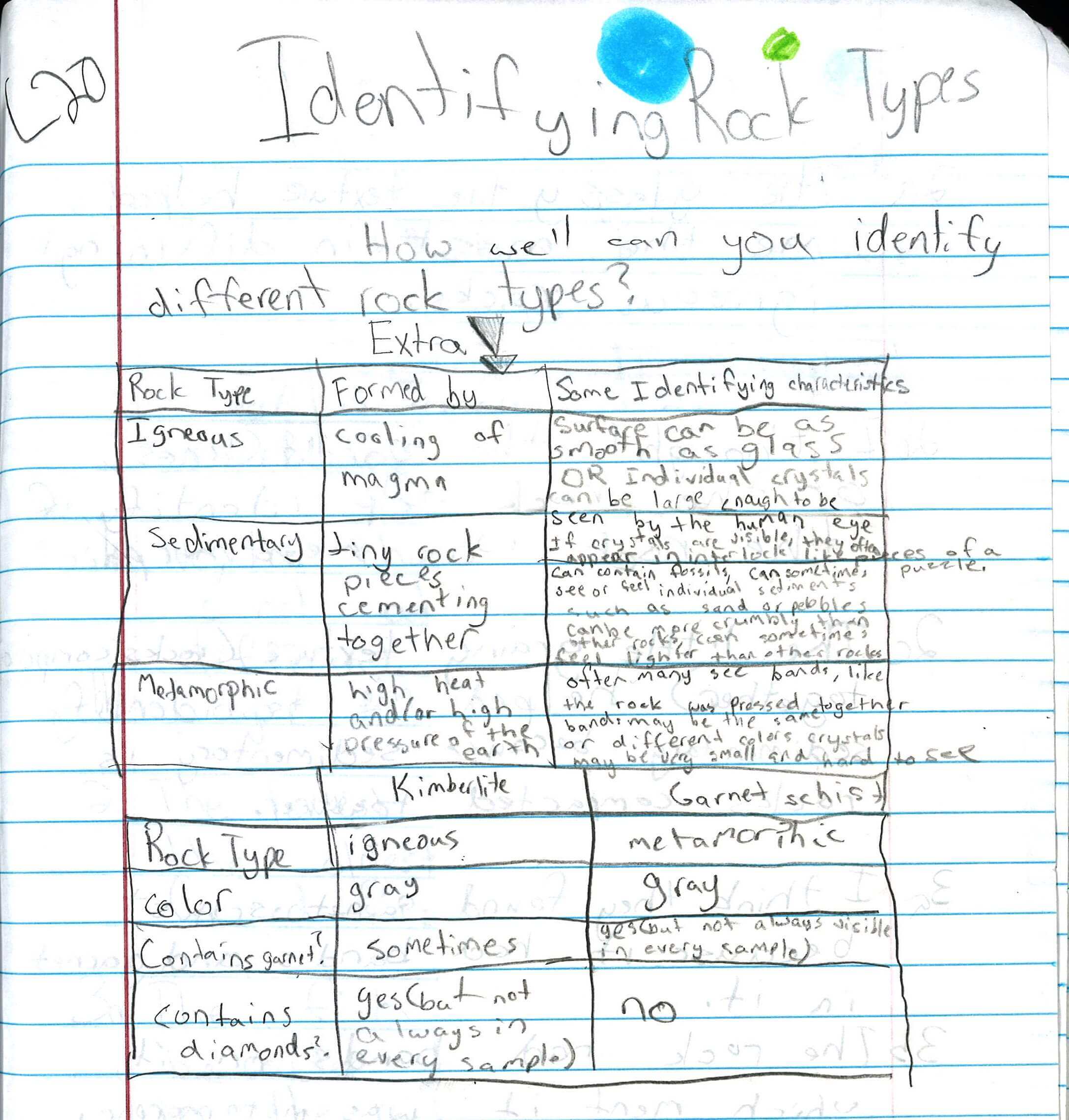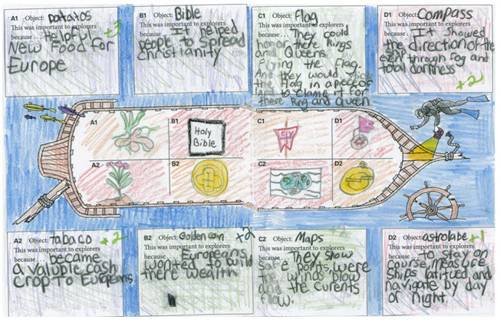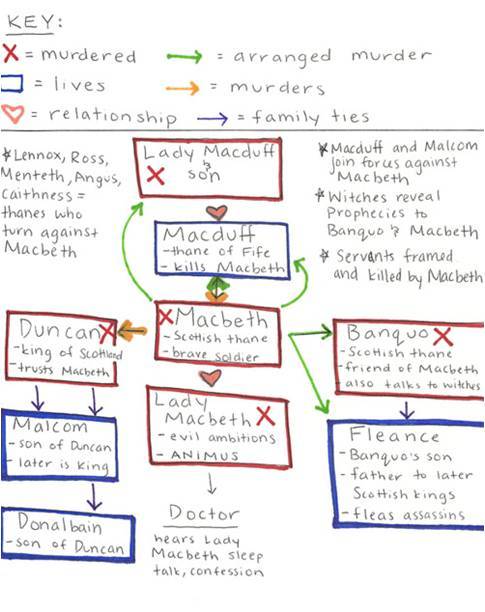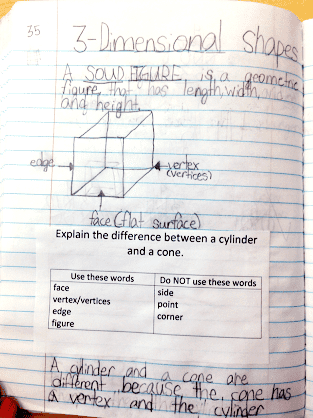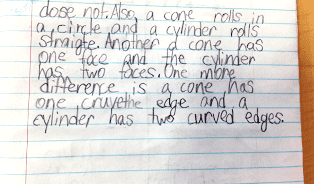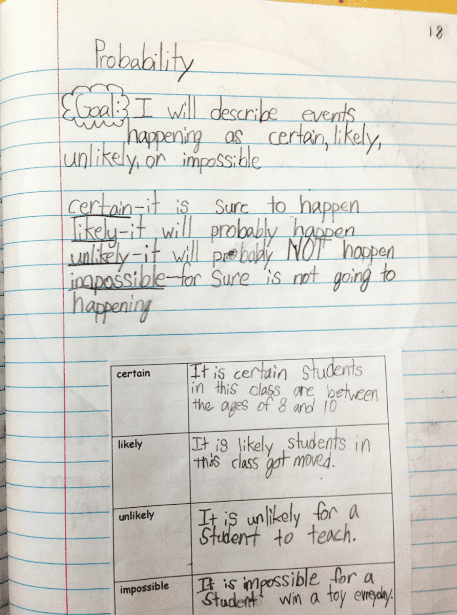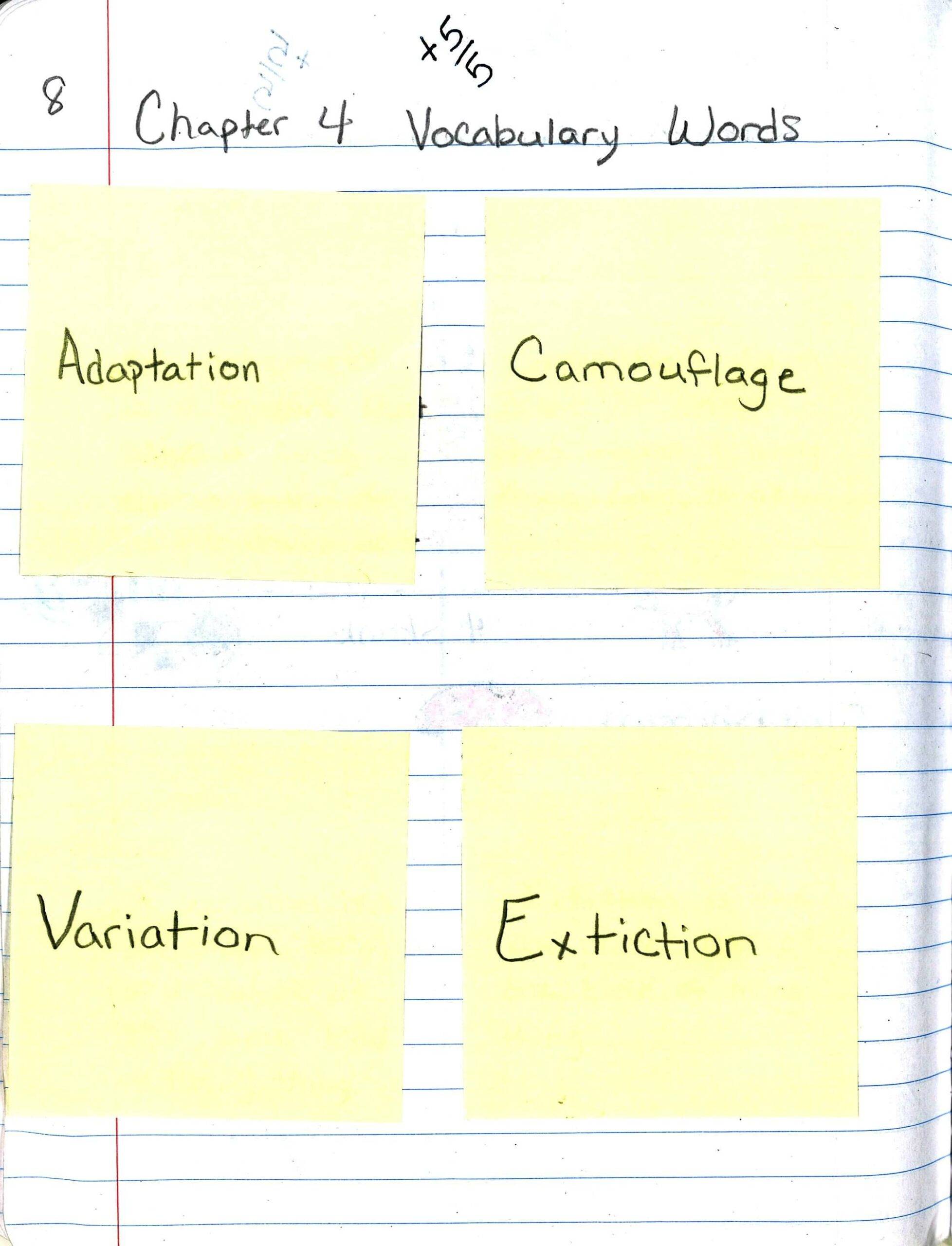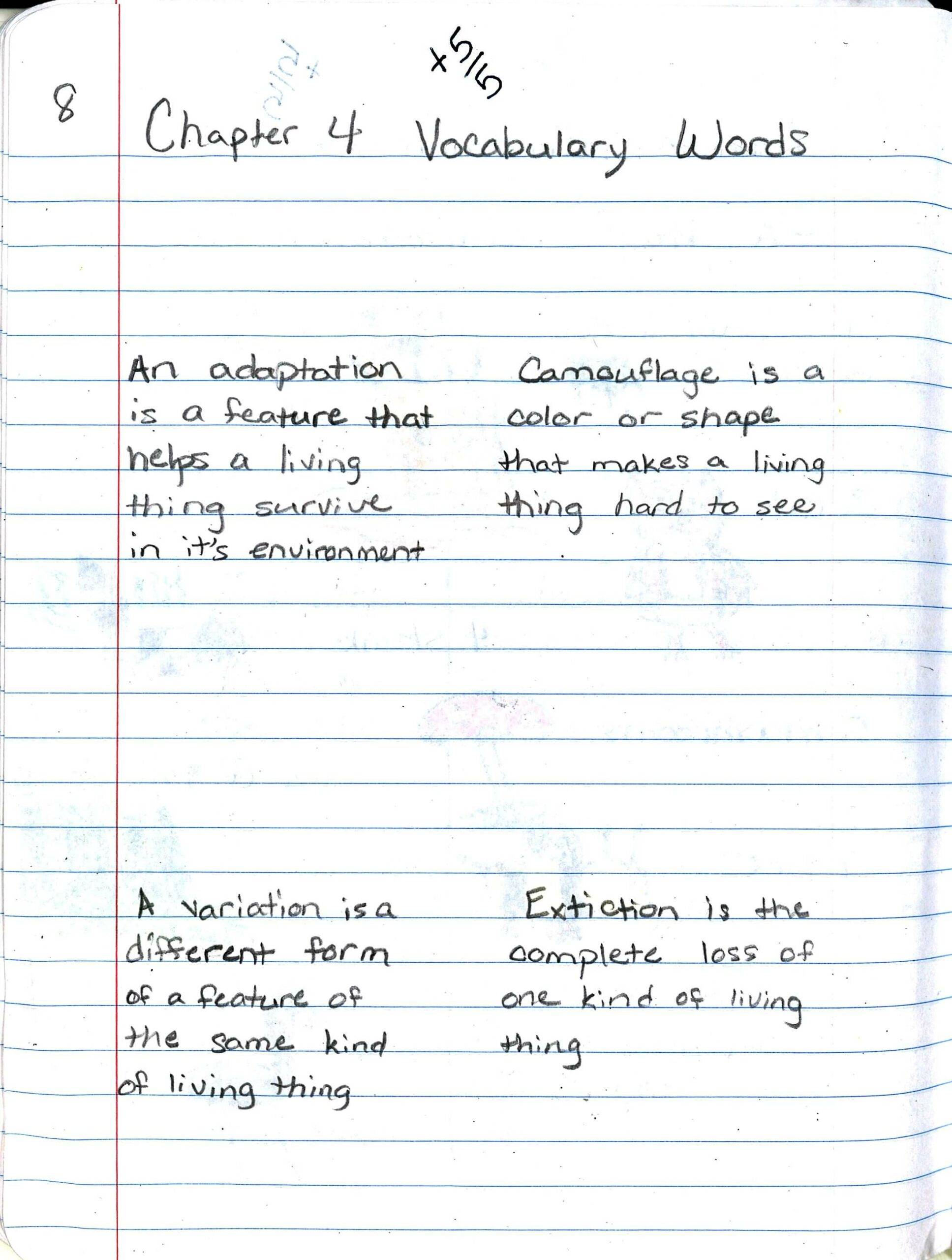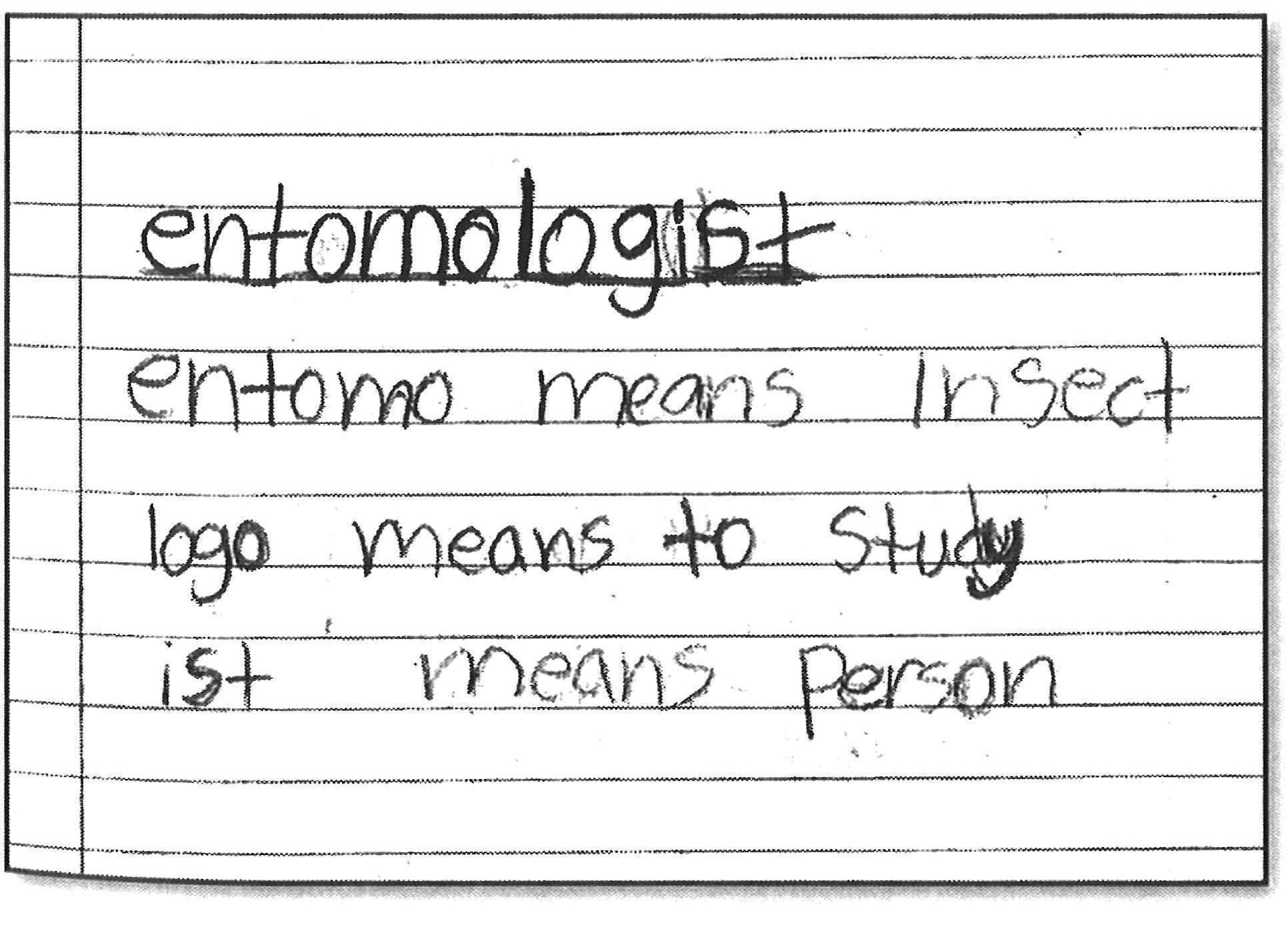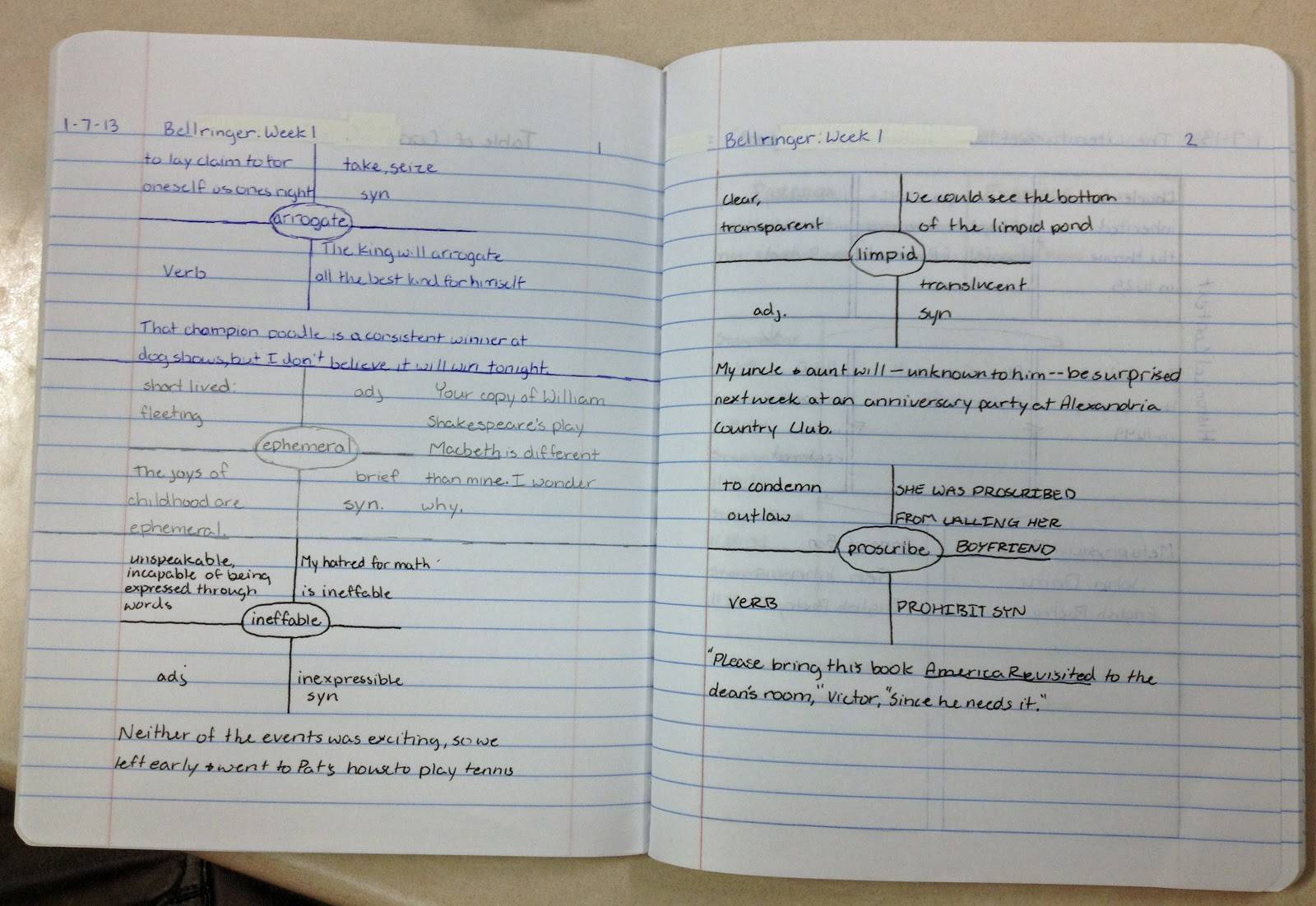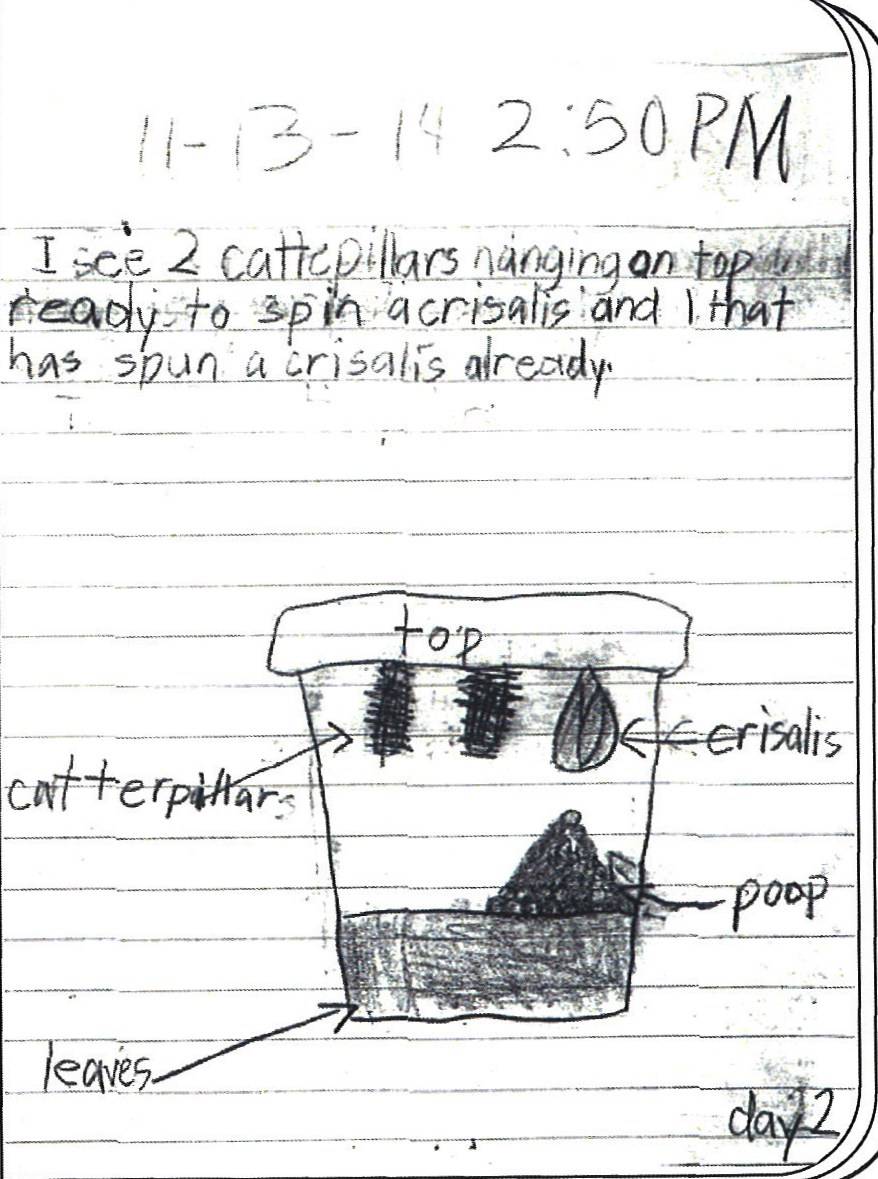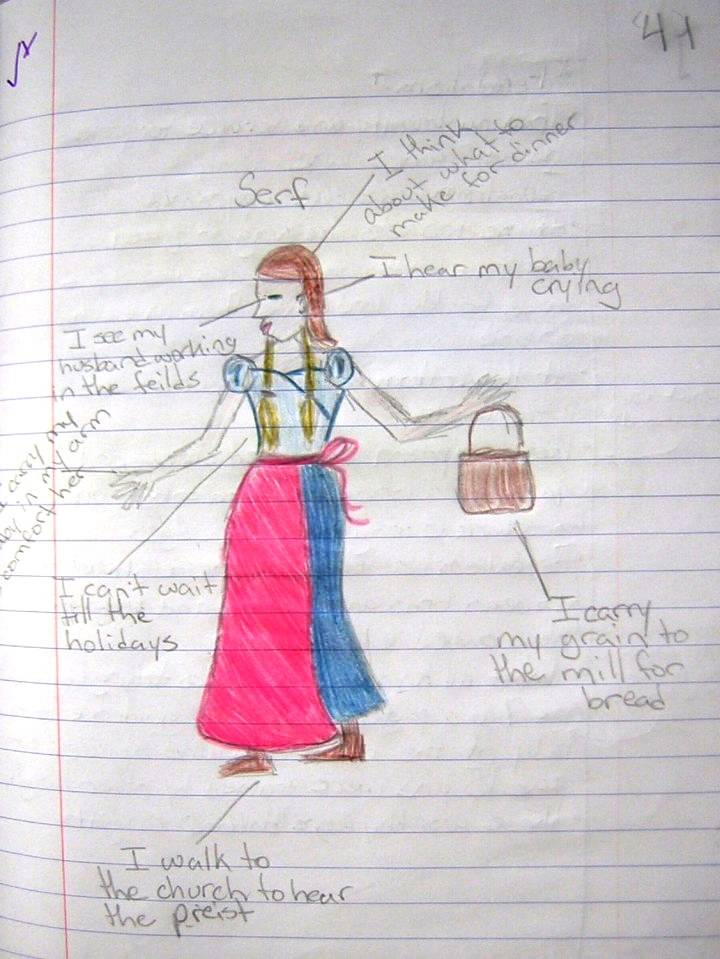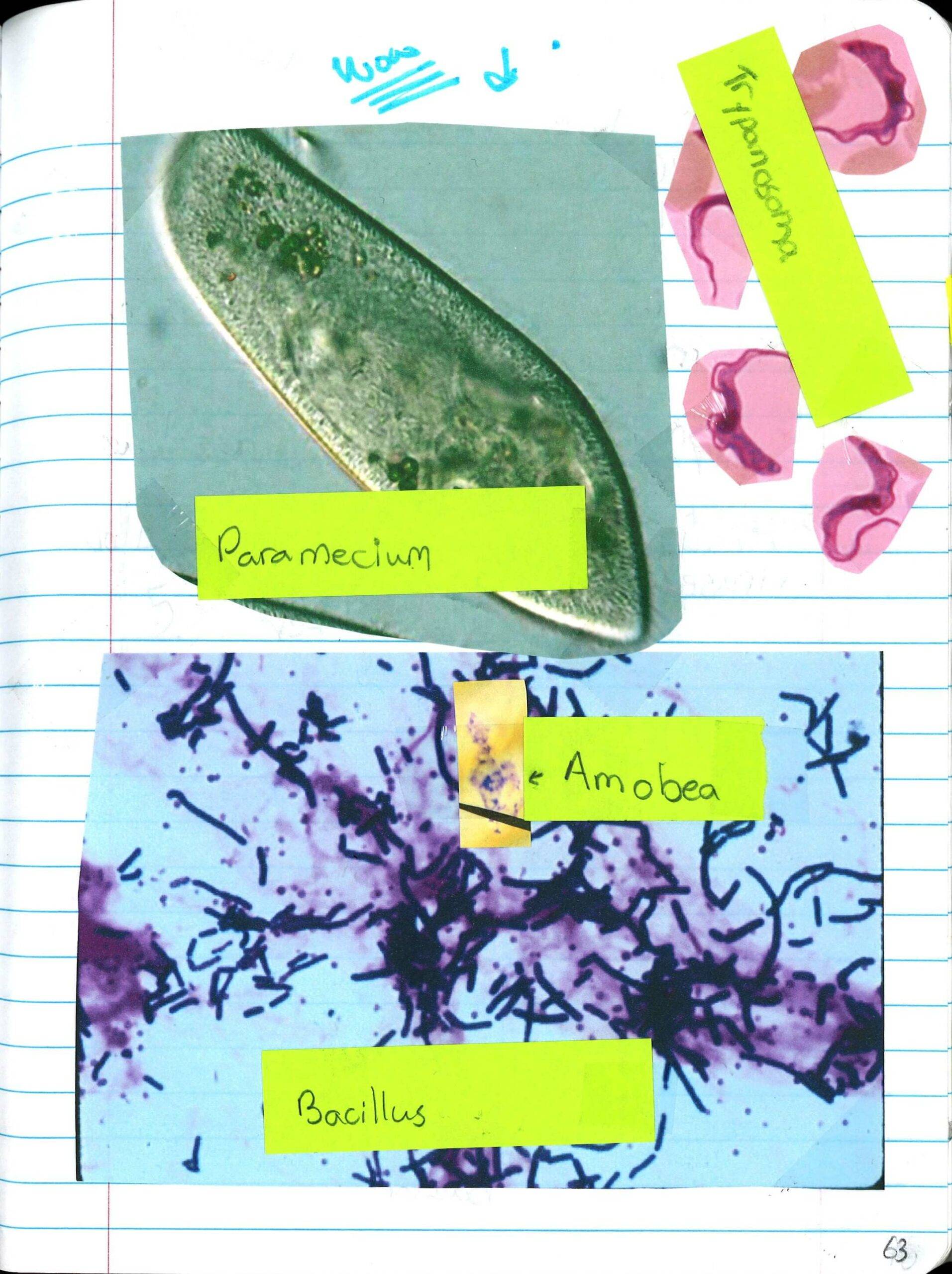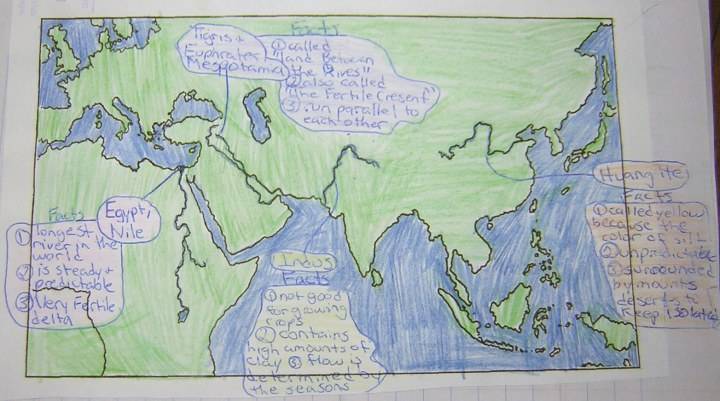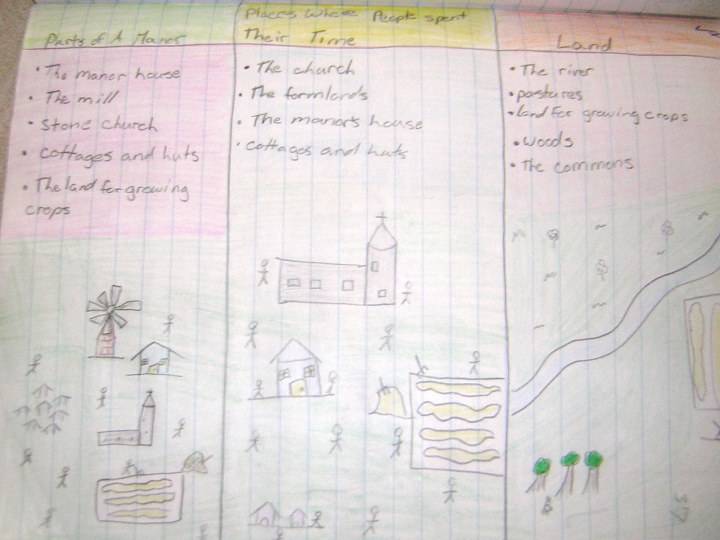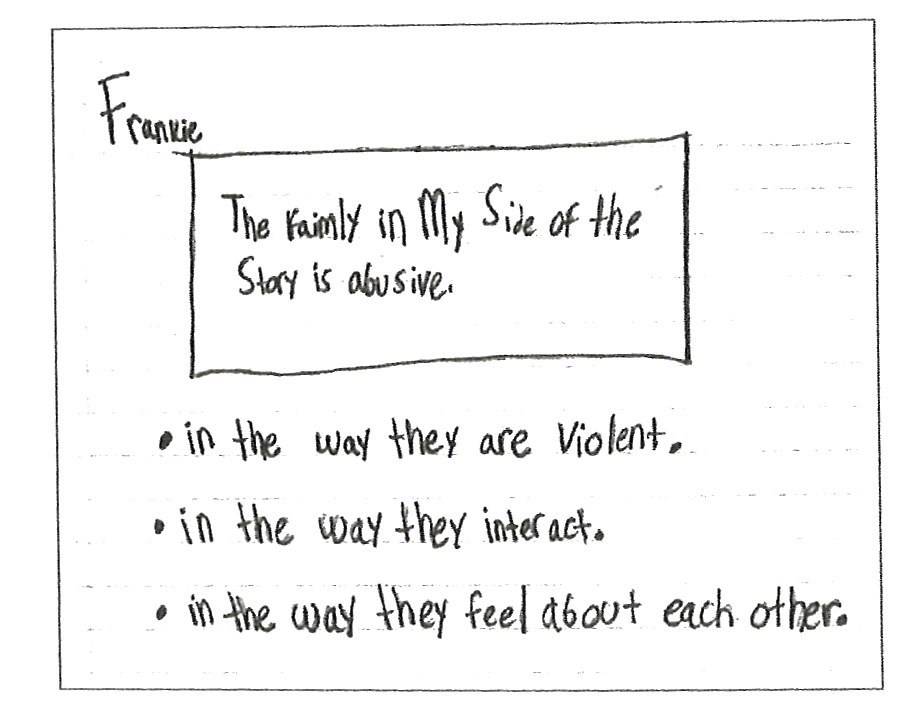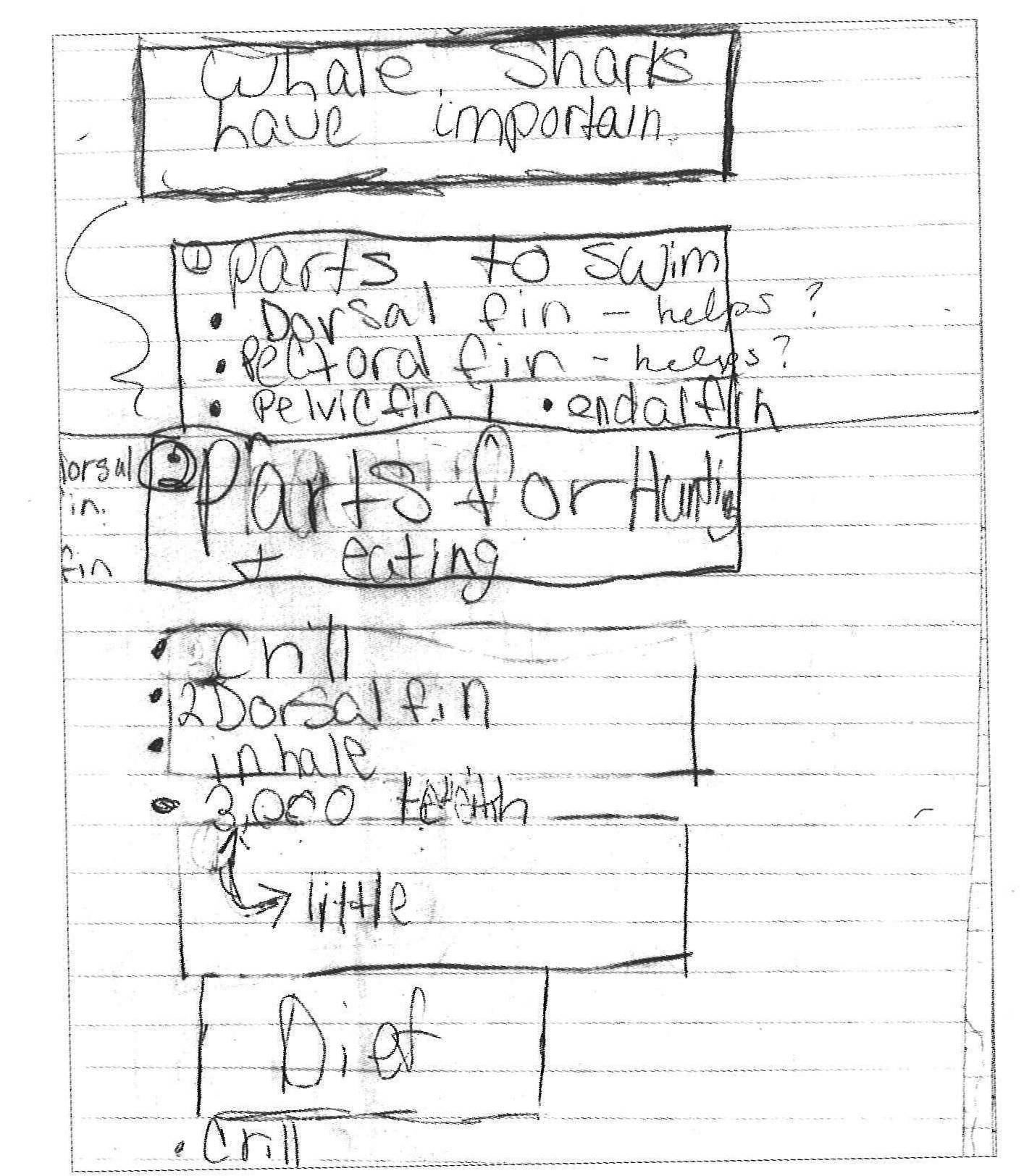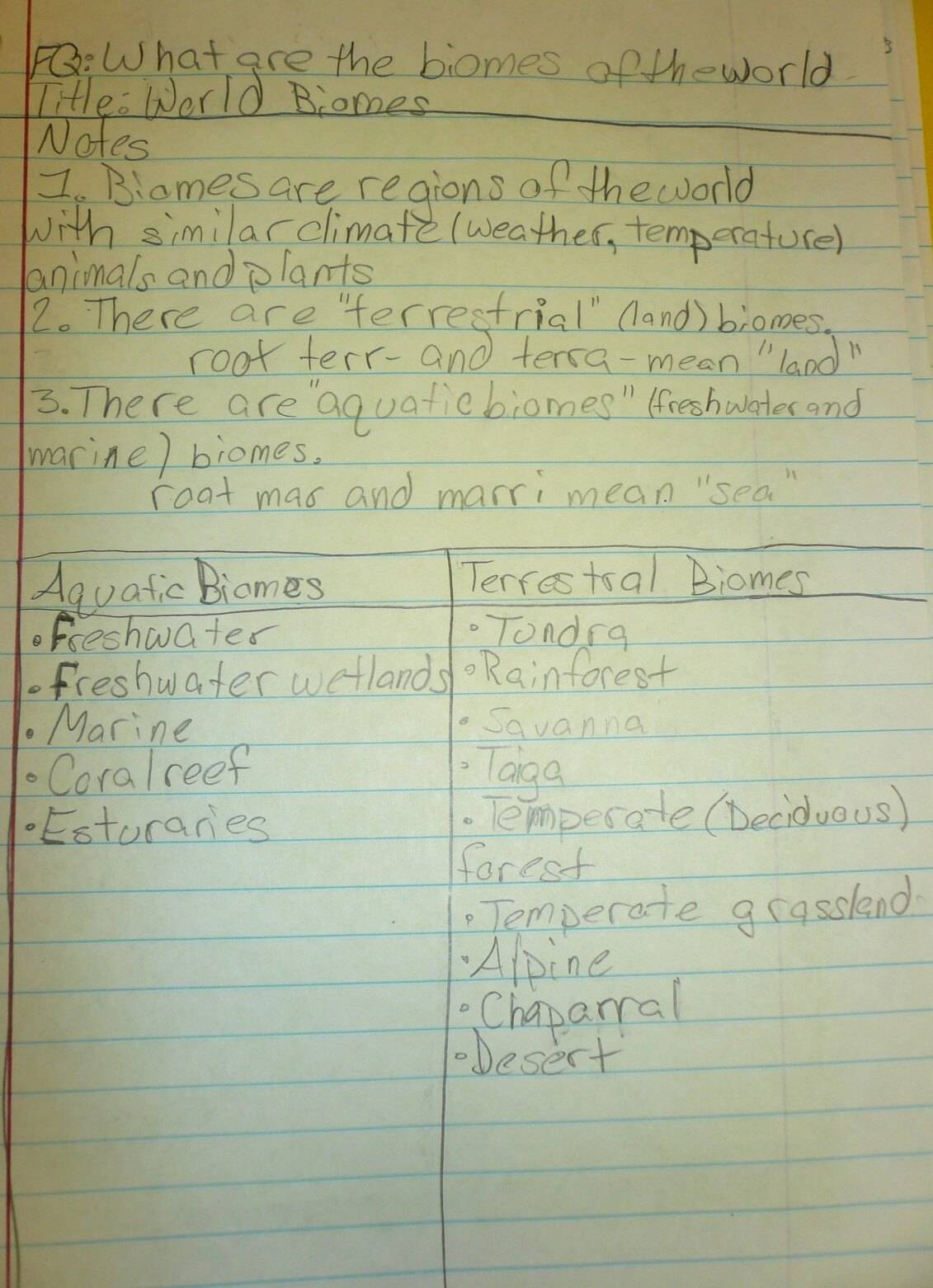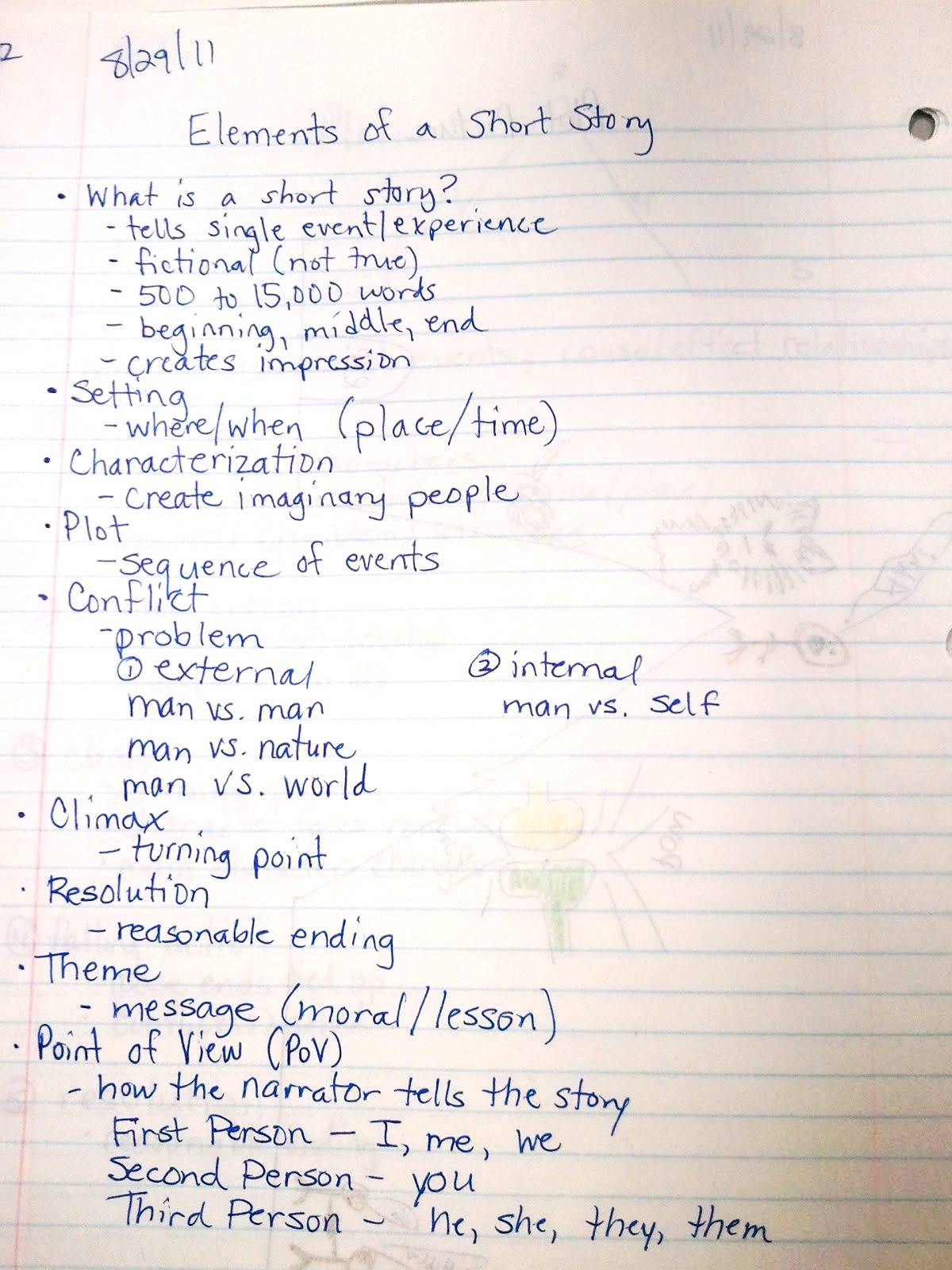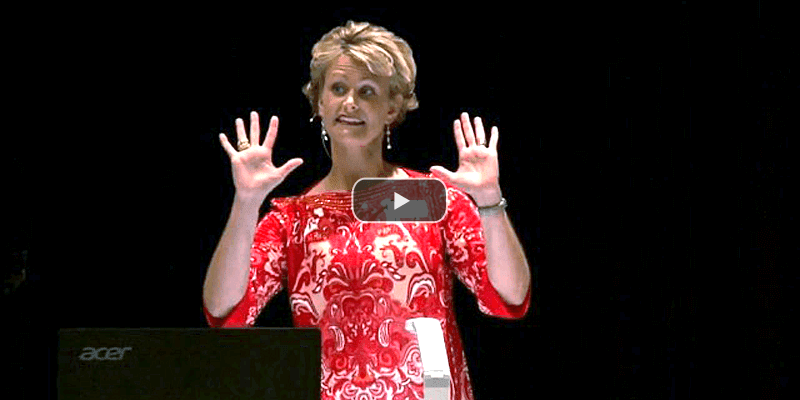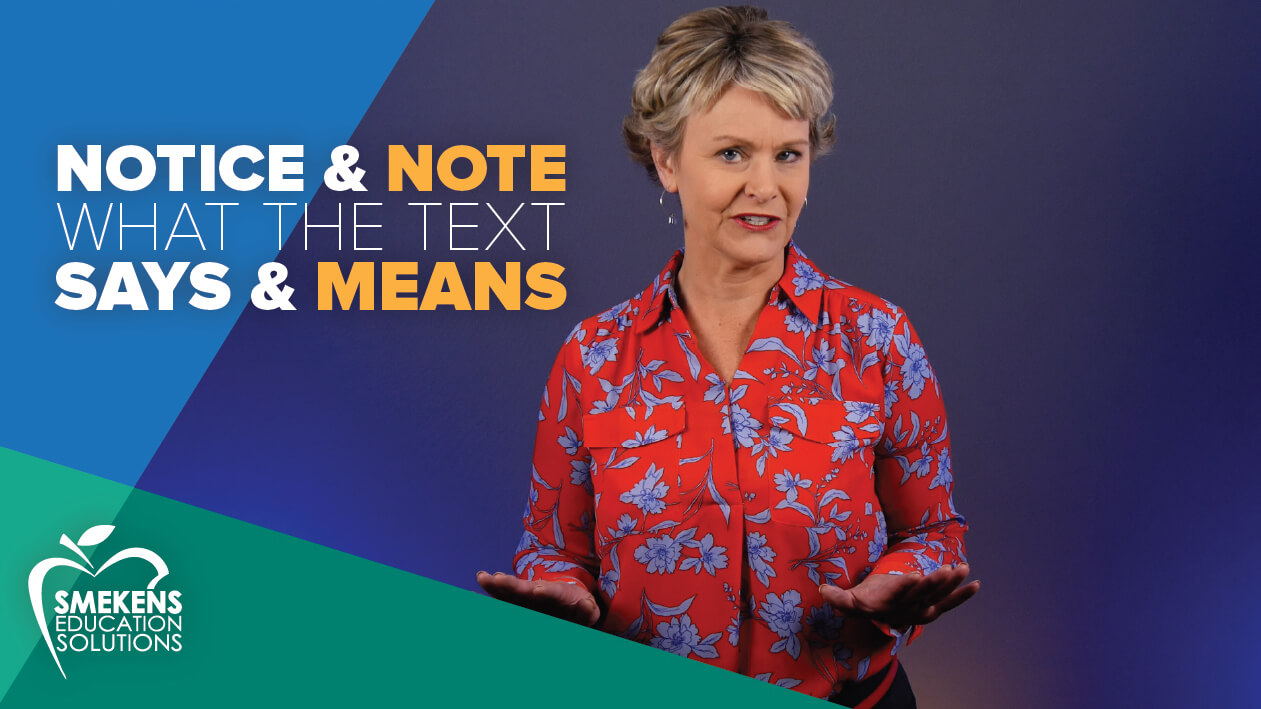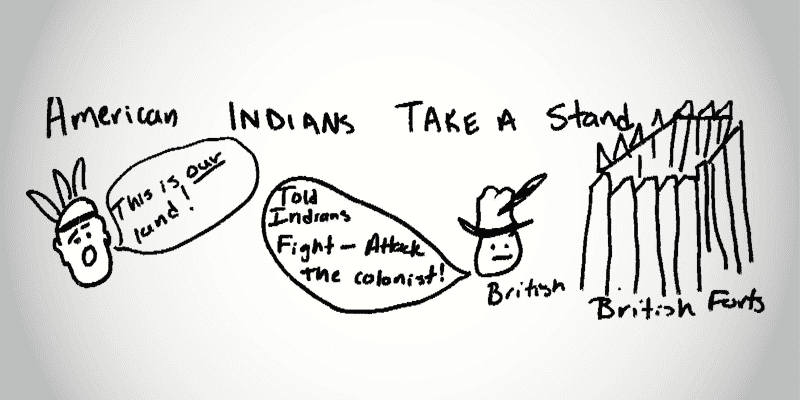Learning Center
reading
Identify 4 reasons to take content-area notes
february 8, 2022
Content-area notebooks can serve as a great incubator for a student’s thinking. But if students tackle note-taking without any overriding purpose, the notebook can become a hodgepodge of words copied from the board instead of a tool to boost comprehension.
Overcome this by teaching students FOUR common note-taking purposes.
1. Identify connections.
The FIRST and MOST POPULAR reason to take notes utilizes graphic organizers and thinking maps. Teach students how to remember information by showing how it’s separated by shapes and connected with lines and arrows. SEE EXAMPLES.
2. Identify key vocabulary.
Although graphic organizers are typical, all of our content doesn’t fit this method. THE SECOND reason to take notes is to record key vocabulary. These notebook entries should include more than the word and its glossary definition. Students must also note their growing understanding of each term’s meaning. SEE EXAMPLES.
3. Illustrate important attributes.
A THIRD note-taking PURPOSE is to describe the attributes or characteristics of something. When important information includes specifics about how something looks or sounds, moves or functions, develops or evolves, it is most powerfully revealed in visual notes—with labels and explanations added. SEE EXAMPLES.
4. Paraphrase complex ideas.
THE FOURTH reason to take notes is to paraphrase complex information into bite-sized chunks. As students comprehend dense information, they must translate it into boxes and bullets jotting down the key ideas and smaller details. SEE EXAMPLES.
After introducing students to different reasons to take notes, let them make these decisions more independently. You might say, “Class, today we are going to learn about ___. It will include a lot of ___ type of information. What note-taking purpose would work best?” Then let the kids consider and propose what they think; discuss their rationale.
The ultimate goal is to develop active note-takers who consume information— and transform the content into words and visuals that make sense to them.
The ideal function of a subject-area notebook is to be an incubator for a student’s thinking. It’s a place for him to record his understanding of new concepts. However, without any reason behind taking notes, students tend to just fill spiral books with miscellaneous class papers and words copied from the board.

